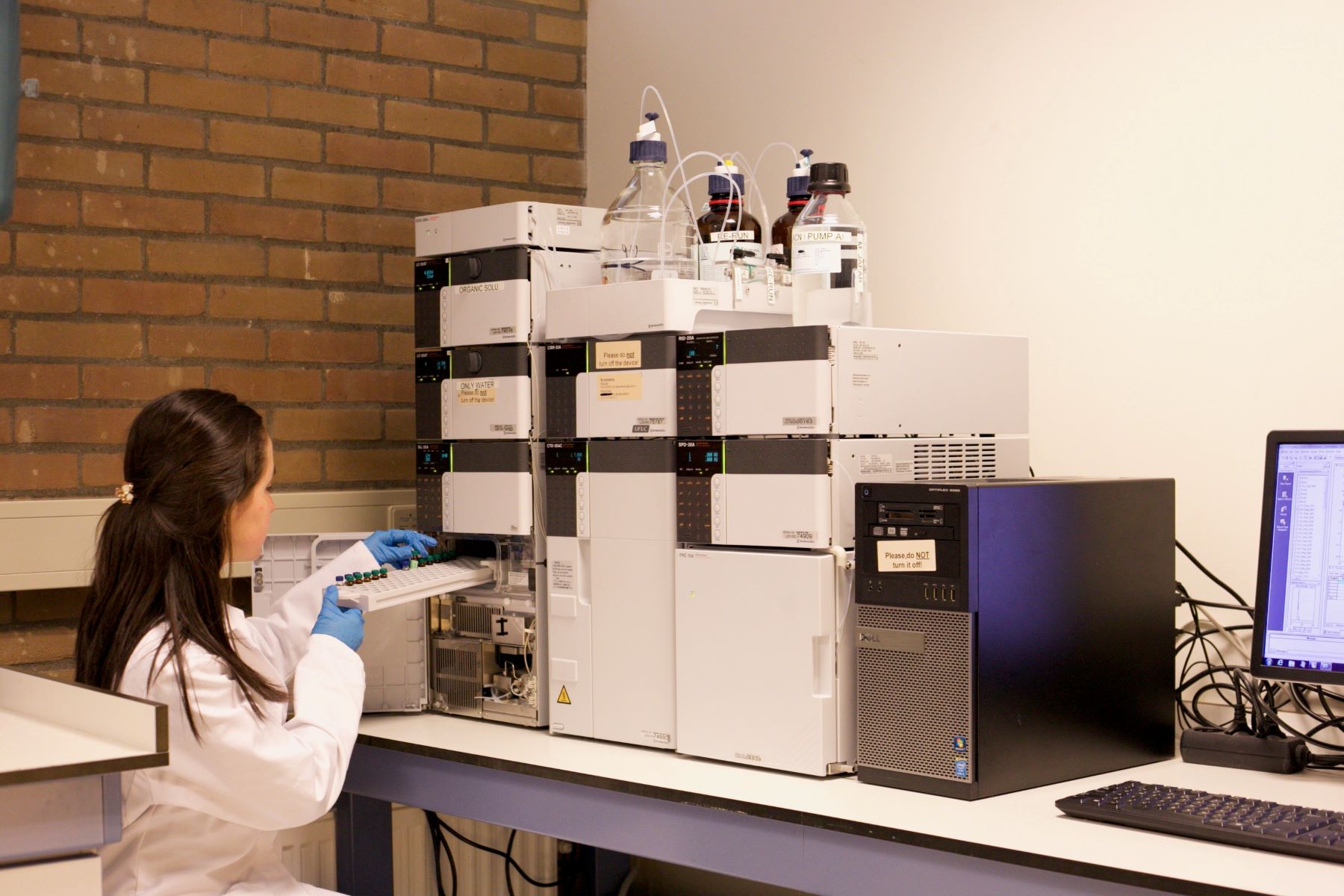
Ethmoidal sinuses are small, air-filled spaces located between the nose and the eyes. These sinuses play a crucial role in the respiratory system, helping to filter, warm, and humidify the air we breathe. But what exactly do we know about these tiny yet significant structures? Understanding ethmoidal sinuses can help us appreciate their function and importance in our daily lives. From their unique structure to their role in sinus infections, there’s a lot to uncover. Let's dive into 19 intriguing facts about ethmoidal sinuses that will shed light on their fascinating world.
What Are Ethmoidal Sinuses?
Ethmoidal sinuses are small, air-filled spaces located within the ethmoid bone, situated between the nose and the eyes. These sinuses play a crucial role in the respiratory system and have some fascinating characteristics.
-
Ethmoidal sinuses are part of the paranasal sinuses. They are one of four pairs of sinuses, which also include the maxillary, frontal, and sphenoid sinuses.
-
They are divided into anterior, middle, and posterior groups. Each group drains into different parts of the nasal cavity, aiding in the process of air filtration and humidification.
-
The ethmoid bone is a delicate structure. It is a lightweight, spongy bone that forms part of the nasal cavity and the orbits of the eyes.
Functions of Ethmoidal Sinuses
These sinuses are not just empty spaces; they serve several important functions in the body.
-
They help lighten the weight of the skull. By being air-filled, they reduce the overall weight of the skull, making it easier to hold up.
-
They produce mucus. This mucus traps dust, pathogens, and other particles, preventing them from entering the respiratory system.
-
They contribute to voice resonance. The air-filled spaces help amplify and enhance the sound of your voice.
Health Issues Related to Ethmoidal Sinuses
Like other parts of the body, ethmoidal sinuses can experience health problems, which can affect overall well-being.
-
Sinusitis is a common issue. Inflammation of the ethmoidal sinuses, known as ethmoid sinusitis, can cause pain and pressure around the eyes and nose.
-
They can be affected by nasal polyps. These are noncancerous growths that can block the sinuses and lead to breathing difficulties.
-
Allergies can impact them. Allergic reactions can cause swelling and congestion in the ethmoidal sinuses, leading to discomfort.
Interesting Facts About Ethmoidal Sinuses
There are some lesser-known, intriguing facts about these sinuses that highlight their complexity and importance.
-
They are present at birth. Unlike some other sinuses, ethmoidal sinuses are already developed when a baby is born.
-
They continue to grow until puberty. The sinuses expand and develop fully during the teenage years.
-
They are lined with cilia. These tiny hair-like structures help move mucus out of the sinuses and into the nasal cavity.
Diagnostic and Treatment Methods
Understanding how to diagnose and treat issues related to ethmoidal sinuses is crucial for maintaining respiratory health.
-
CT scans are often used for diagnosis. These scans provide detailed images of the sinuses, helping doctors identify any problems.
-
Endoscopic surgery can treat severe cases. This minimally invasive procedure can remove blockages and improve sinus drainage.
-
Nasal irrigation is a common treatment. Using a saline solution to rinse the nasal passages can help clear mucus and reduce inflammation.
Evolutionary Perspective
The development and evolution of ethmoidal sinuses offer insights into human anatomy and adaptation.
-
They evolved to help with breathing in different climates. The sinuses help humidify and warm the air, making it easier to breathe in various environments.
-
They may have helped early humans with their sense of smell. A well-developed sense of smell was crucial for survival, aiding in finding food and detecting danger.
Fun Facts
Let's wrap up with some fun and quirky facts about ethmoidal sinuses.
-
They are sometimes called "honeycomb" sinuses. This nickname comes from their complex, multi-chambered structure.
-
They can affect your sense of taste. Since smell and taste are closely linked, issues with the ethmoidal sinuses can impact how you perceive flavors.
Final Thoughts on Ethmoidal Sinuses
Ethmoidal sinuses, small but mighty, play a crucial role in our respiratory system. These air-filled spaces, nestled between the eyes, help filter, humidify, and warm the air we breathe. They also contribute to our sense of smell and voice resonance. Despite their size, ethmoidal sinuses can cause significant discomfort when inflamed or infected, leading to conditions like sinusitis. Understanding their function and importance can help us appreciate the complexity of our bodies and the need for proper sinus care. Regular check-ups, staying hydrated, and avoiding allergens can keep these tiny structures healthy. Remember, even the smallest parts of our anatomy have big jobs to do. So, next time you take a deep breath, give a nod to your ethmoidal sinuses for their hard work.
Was this page helpful?
Our commitment to delivering trustworthy and engaging content is at the heart of what we do. Each fact on our site is contributed by real users like you, bringing a wealth of diverse insights and information. To ensure the highest standards of accuracy and reliability, our dedicated editors meticulously review each submission. This process guarantees that the facts we share are not only fascinating but also credible. Trust in our commitment to quality and authenticity as you explore and learn with us.


